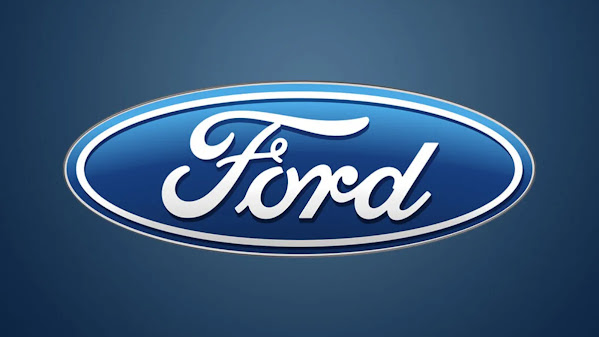Introduction
During Ford's recent Capital Markets Day, CEO Jim Farley and CFO John Lawler unveiled their vision for the company's transformation into a high-growth industrial powerhouse. They outlined their strategy to position Ford as a valuable player in the market, focusing on high-margin vehicles, a resilient commercial business, and the shift towards cost-efficient gen-2 electric vehicles (EVs). This blog post explores Ford's new direction and its efforts to drive down costs through efficiencies, battery innovation, vertical integration, software integration, and the exploration of new revenue streams.
Efficiency and Cost Reduction: The Key to Profitable EVs
According to CFO John Lawler, efficiency is the secret formula for creating profitable EVs. Ford's gen-2 EVs, set to launch in 2025, will be built from the ground up with a clean sheet design, enabling a simplified low-complexity architecture that optimizes costs. The company aims to leverage scale, design optimization, and battery efficiency to develop EVs with the smallest battery size capable of delivering long-distance travel.
Battery Design, Manufacturing, and Raw Materials
One of the critical areas for cost efficiencies in the EV market lies in battery design, manufacturing, and the procurement of raw materials. Ford plans to vertically integrate its battery production, starting from the mines where essential minerals like lithium and nickel are sourced. By establishing relationships with mining companies, Ford ensures a compliant supply chain and qualifies for benefits under the Inflation Reduction Act (IRA). This integrated approach helps Ford gain control over the entire battery production process, leading to cost savings and a secure supply of materials.
Software Integration and Profit Optimization
Ford recognizes the potential of software integration in its gen-2 vehicles to further reduce costs and boost profitability. By embedding software in their EVs, Ford can offer cost-effective vehicle upgrades, extend the lifespan of vehicle platforms, and generate additional revenue through high-margin software add-ons. This approach aligns with Ford's goal to provide lifetime economics beyond the traditional one-time vehicle sale, tapping into new revenue streams such as self-driving software and related services.
Financial Outlook and Margins
As part of its financial outlook, Ford has set ambitious targets for its various business segments. Ford Blue, the gas-powered business, aims to achieve low double-digit EBIT margins by 2026. Ford Pro, the commercial business, targets mid-teens EBIT margins, while Ford's EV business, Model e, is striving for 8% EBIT margins by late 2026. These targets highlight Ford's commitment to profitability across its diversified portfolio and its confidence in the success of its new initiatives.
Analyst's Perspective
Analysts, including Itay Michaeli from Citi, reacted positively to Ford's presentation at the Capital Markets Day. Michaeli praised Ford for establishing Ford Pro as a distinct business with competitive advantages and expanding revenue pools beyond traditional vehicle sales. He emphasized the potential of automakers capturing a significant portion of lifetime vehicle revenue through new services like self-driving software. Citi has a "neutral" rating on Ford shares with a price target of $12.80, reflecting confidence in Ford's transformation strategy.
Conclusion
Ford's Capital Markets Day served as a platform to showcase the company's shift towards becoming a high-growth industrial company, focusing on high-margin vehicles, a resilient commercial business, and cost-efficient gen-2 EVs. By prioritizing efficiency, battery innovation, vertical integration, and software integration, Ford aims to drive down costs and increase profitability. With ambitious financial targets and positive analyst sentiment, Ford is positioning itself for a successful and sustainable future in the evolving automotive industry.






Social Plugin